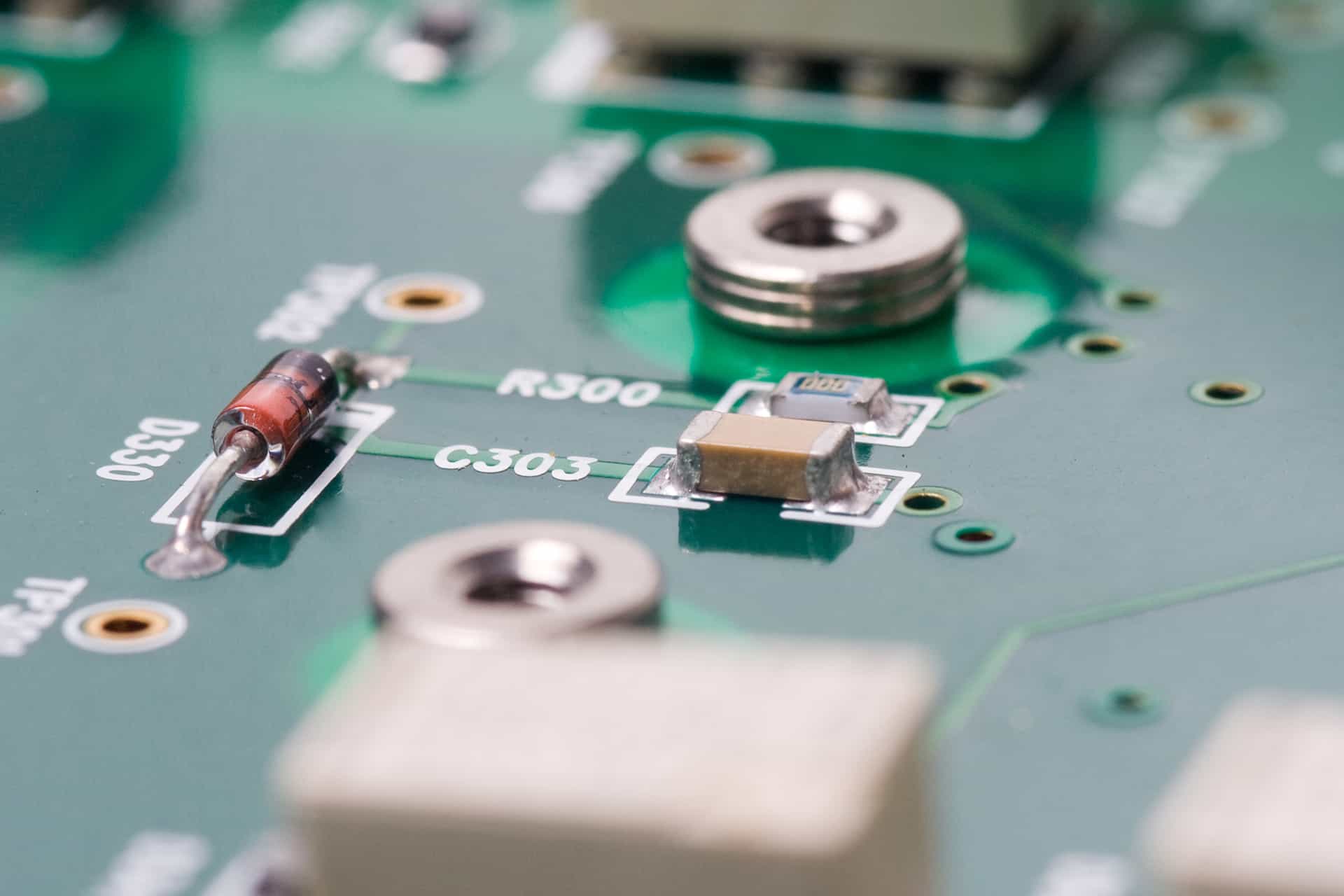This article compares traditional through-hole technology with modern assembly methods. Through-hole technology refers to the process of mounting components on a printed circuit board (PCB) by inserting their leads into holes in the board and then soldering them in place. In recent years, there has been a shift towards modern assembly techniques such as surface mount technology (SMT), which offer advantages in terms of size, cost, and performance.
1. Introduction to Through-Hole Technology: Exploring the Traditional and Modern Techniques
I am excited to introduce you to the fascinating world of through-hole technology. This technique, which has been used for decades, involves the mounting of electronic components on a printed circuit board (PCB) by inserting their leads into holes. Through-hole technology offers many advantages, such as better mechanical stability and easier manual soldering. It has been the go-to method for assembling electronic devices until the rise of surface mount technology. However, through-hole technology is still widely used in applications that require high reliability and robustness. In this article, we will explore both the traditional and modern techniques of through-hole technology, giving you a comprehensive understanding of its importance in today’s electronics industry.
2. Understanding the Traditional Assembly Process in Through-Hole Technology

In this second section, I will guide you through the traditional assembly process in through-hole technology. Through-hole technology is a method of assembling electronic components on a printed circuit board (PCB). Unlike Surface Mount Technology (SMT), which is now more commonly used, through-hole technology involves inserting the leads of components through holes in the PCB and soldering them on the opposite side. This process requires more manual labor and takes longer, but it has its advantages, especially when it comes to durability and mechanical strength. I will explain each step in detail, from component selection and placement to soldering and inspection, so you can understand how this process works and its significance in the electronics industry.
3. Advancements in Through-Hole Technology: Exploring the Modern Assembly Techniques
In my opinion, advancements in through-hole technology have greatly revolutionized the field of assembly techniques. These advancements have allowed for more efficient and precise assembly processes, resulting in higher quality products. One major advancement is the use of automated through-hole machines, which have replaced manual soldering in many manufacturing facilities. These machines can accurately and quickly place components onto PCBs, reducing the risk of human error. Additionally, the introduction of surface mount technology has further contributed to the advancements in through-hole technology. With surface mount technology, components are mounted directly onto the surface of the PCB, eliminating the need for drilled holes. This not only saves time but also allows for smaller and more compact circuit boards. Overall, the advancements in through-hole technology have not only improved the assembly process but also led to the development of more sophisticated and advanced electronic devices.
4. A Comparison of Traditional and Modern Through-Hole Technology: Pros and Cons
As a woman in the manufacturing industry, I have witnessed firsthand the evolution of through-hole technology. Traditional through-hole technology has long been the standard for circuit board assembly, offering stability and reliability. However, with the rise of modern surface mount technology, there are several pros and cons to consider. On one hand, through-hole components are easier to work with, making assembly less complicated. On the other hand, surface mount technology allows for smaller and more compact designs, resulting in reduced costs and improved functionality. Ultimately, the choice between traditional and modern through-hole technology depends on the specific requirements and priorities of the project.
5. The Impact of Modern Through-Hole Technology on the Electronics Industry
Modern through-hole technology has had a significant impact on the electronics industry. As a woman working in this field, I have witnessed firsthand how this technology has revolutionized production processes. Through-hole technology allows for the efficient and precise assembly of electronic components onto printed circuit boards. This has led to increased productivity and reduced manufacturing costs. Additionally, the use of through-hole technology has improved the reliability and durability of electronic devices. As a result, customers can now enjoy electronic products that are more advanced, efficient, and reliable. The impact of modern through-hole technology on the electronics industry cannot be overstated, and it has opened up new possibilities for innovation and growth in the field.
6. Looking Ahead: The Future of Through-Hole Technology Assembly Methods
In my opinion, the future of Through-Hole Technology (THT) assembly methods looks promising. Although surface mount technology has gained popularity in recent years, there are still applications where THT is preferred. As technology continues to advance, we can expect to see improvements in THT assembly methods. One area of focus would be automation. With the introduction of advanced robotics and artificial intelligence, the assembly process can become more efficient and accurate. This would eliminate the need for manual labor and reduce the risk of human error. Additionally, advancements in materials and components will contribute to the growth of THT assembly methods. New materials that offer better conductivity and reliability will allow for smaller and lighter components, making THT an attractive option in certain industries. Overall, I believe that THT assembly methods have a bright future ahead.
Conclusion
In conclusion, while through-hole technology has been the traditional approach to circuit board assembly, modern assembly techniques have emerged as a more efficient and cost-effective alternative. These modern techniques, such as surface mount technology, allow for higher component density, faster production times, and reduced costs. As the electronics industry continues to evolve, it is expected that modern assembly techniques will become even more prevalent and further revolutionize the way circuit boards are assembled.
1. What is through-hole technology?
Through-hole technology is a method of assembling electronic components on a printed circuit board (PCB) by inserting the leads of the components into holes drilled on the PCB and soldering them to the copper pads on the opposite side.
2. What are the advantages of through-hole technology?
Some advantages of through-hole technology include better mechanical stability, higher heat dissipation capability, and increased resistance to harsh environmental conditions.
3. What is traditional assembly?
Traditional assembly refers to the process of hand-inserting through-hole electronic components into the holes on the PCB and soldering them manually.
4. What are the drawbacks of traditional assembly?
Traditional assembly can be time-consuming and labor-intensive. It may also result in inconsistent solder quality, especially if not performed with precision and proper tools.
5. What is modern assembly?
Modern assembly involves using automated machines to insert and solder through-hole components onto PCBs. This method significantly reduces the time and effort required for assembly and provides consistent and reliable solder joints.
6. What are the advantages of modern assembly?
Modern assembly offers higher production efficiency, improved accuracy, and reduced chances of human errors. It also enables the assembly of smaller and more complex PCB designs with tight component spacing.

